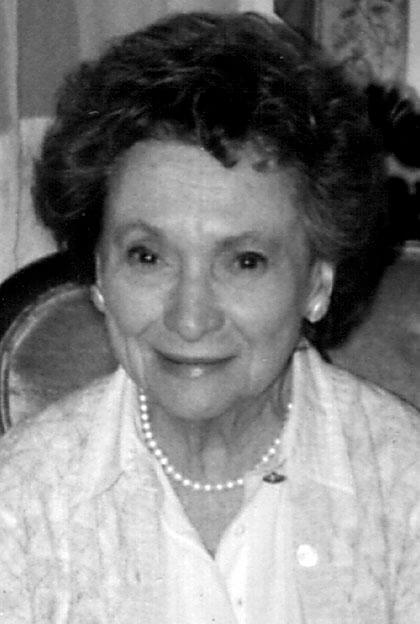By Joan Brown Wettingfeld
Through the years, the variety of pastimes and the popular interest in them have changed. Some sporting pastimes have all but disappeared. Among these was sleighing, which prevailed from the 1840s through the 1880s.
With snow lasting for a considerable time on streets and no modern plowing, every type of vehicle took to runners. In heavy snowfalls six- and 12-horse sleighs ran on Broadway in New York City instead of street cars and sleighing was considered a sport and a necessary means of transportation.
In the city and rural areas roads and parks were alive with sleighs and their riders. Fathers would take their families for an “airing” in Central Park in the family sleigh drawn by a horse and park drives would be busy from early morning until dark. Young ladies could be seen “with bang-tailed pony, russet harness and natty cutter” while young swains and their fair ladies dazzled the crowd with their Russian “droskies” drawn by three horses decorated with bright red plumes.
During the day, tradesmen who possessed horses hitched them to sleighs on working days and joined the crowds. This delighted roadhouse proprietors, who kept attending to participants’ refreshment. Stabling facilities were also kept busy with family sleighing parties.
Sleighing as a sport hit its peak in the l840s and was one of the pleasures of winter “when the air is keen and frosty, the sky clear and snow deep and crisp,” as one contemporary account relates. By l868, in our city the sound of sleigh bells and crunch of snow under a trotter’s hooves had begun to disappear, attributed to the beginnings of the horse car or “street railroads.”
The horse essential to sleighing was the trotting horse, widely acclaimed in racing. In winter it took its place drawing a sleigh. Trotters reached perfection in the 19th century, but it is probable horses were trained to trot in ancient civilizations and consistently, moving a foreleg on one side and a hind leg on the other at the same time.
Trotters came to the colonies via the early English settlers in Virginia and Massachusetts, though the early Puritan ministers objected to all forms of horse racing. By the late 1700s, a good trotter under a saddle pulling a buggy aided circuit-riding parsons on their rounds and ministers’ objections to these horses faded.
In l871, sleighing was an important pastime and a winter mode of transportation in rural Bayside and surrounding areas. Anna Willets described a day of sleighing in February l871. There are numerous references in her diary to sleighing, but these particular entries show the distances that were covered in a day:
“About half past 10 my brother Tommie and I started for Bell’s. After waiting a long while to get things right, Richard and Tommie went right to work and hitched the two wood-sleighs together and put Bell’s horses and ours before them, covered the sides of the sleighs with buffalo robes and fancy blankets and off we started about twelve o’clock, Pinkie Mitchell and I having the extreme back seat but a very comfortable one.
“…. On our way down to Uncle Robert Willets we met Annie Mickle just going to New York …. We got Aunt Margaret Ann Willets and cousin Samuel and then went after Janet Mickle. She was not through with her lessons and her mother would not let her go.
“Our next acquisitions were Uncle Jordan Wright and Aunt Mary …. We then turned Nostrand’s corner and went right to Whitson’s. Saw Annie Whitson and Dan Cox, Thomas and Mary and Lydia and Joe Townsend …. We were about 15 minutes talking and playing snowball.
“We went to Flushing … and how people did look at us in the village! Stopped at Cox’s store and Richard gave us each a ginger snap which tasted rather morish as none of us had had any dinner …. Home was then the cry. Uncle Jordan and Aunt Mary were the first dropped. Then we took the children in from school. Aunt Margaret Ann and Sam Willets were taken home, then the Pearsalls ….
“Then stopped and took Miss Smead, the teacher in this time at the school-house and went home with Mary Titus. After we got horses, sleighs, buffaloes and chairs changed around a little we came home from Bell’s about half past five after a splendid ride and paid for it by extreme sleepiness after tea.”
Joan Brown Wettingfeld is a historian and freelance writer.



































